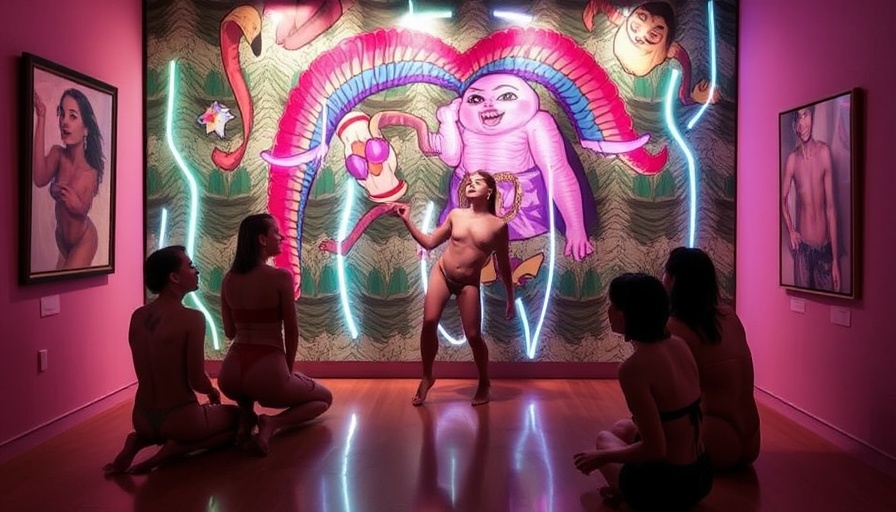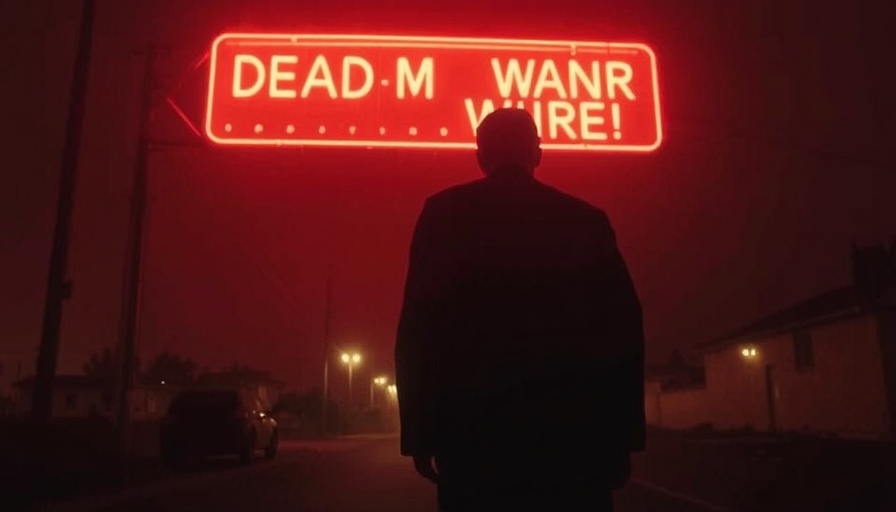
A Fresh Take on Teen Soap Operas: The Setting of Motorheads
Amazon’s new series, Motorheads, introduces us to a fictional small town in Pennsylvania where high school students are less consumed by social media and more focused on their automaking skills. The series aims to tap into a nostalgic American tradition of car culture. This form of storytelling showcases a profound connection to the past, paralleling the camaraderie often seen in car enthusiasts today and emulating the collective nostalgia for a time when cars were an indelible part of youth culture.
Exploring Relationships Through A Cars Lens
The characters in Motorheads are crafted around familiar tropes from the teen drama genre: the new kids trying to fit in, the rich kids with hidden insecurities, and the love triangles that define troubled teen relationships. The twins, Zac and Caitlyn, represent a generation grappling with their identities while they navigate the complexities of friendships and potential romances against the metaphorical backdrop of car culture. Their relationship dynamics mirror the real challenges youth face in our highly interconnected world.
Are Fast Cars Replacing Fast Friendships?
A critical look at Motorheads reveals how the series attempts to juxtapose the thrill of racing with the emotional stakes of teenage life. Zac's attraction to the reigning champion's girlfriend and Caitlyn’s relationship with a closeted girl suggest that Motorheads seeks to explore sexuality and identity while throwing in the adrenaline-fueled backdrop of street racing. However, as the pace of the drama slows down, one could argue it loses some of the exhilarating edge that a racing culture would inherently promise.
Risks and Rewards of Reviving a Dismal Genre
In a saturated entertainment landscape, especially in the teen drama genre, Motorheads seems to tread very cautiously. The premise may feel thrilling, yet the execution leaves much to be desired. The promise of car racing and drama deftly pulls the audience in, but many might find themselves disillusioned by the lack of real stakes and relevant commentary on contemporary youth culture.
Cultural Resonance and Its Challenges
In many ways, Motorheads reflects broader societal changes. We see teens drawn not only to automobile racing, but also to the often-unrealistic portrayals of life within shows. By attempting to mirror a slice of American life, it raises questions about what narratives are prevalent in today’s youth culture. Can a show truly resonate with its audience if it feels like a glossed-over version of their reality?
Thoughts on the Future of Teen Dramas
The series boldly enters a landscape filled with existing giants: it’s a risky maneuver. Future productions could take notes from Motorheads’ shortcomings and strive for authenticity that resonates beyond the typical tropes. In an era where audiences crave realism and representation, producers need to revise strategies and take a genuine look at today’s youths—possibly blending their stories with real-world dilemmas alongside pure entertainment.
Conclusion: As the first season of Motorheads draws to a close, it presents a unique, albeit rocky road for young viewers. The blend of car culture with teenage drama could either rejuvenate interest in the genre or serve as a cautionary tale of formularizing youth experiences. As creators navigate these themes, they must remain connected to the real experiences of today’s teenagers—finding the balance between thrilling escapism and meaningful representation.
Ultimately, if you’re intrigued by the mix of nostalgia for car culture with the complexities of teenage relationships, Motorheads may warrant a watch. It invites audiences to ponder: How will the narrative evolve, and what will it reveal about the youth culture of tomorrow?
 Add Row
Add Row  Add
Add 




Write A Comment